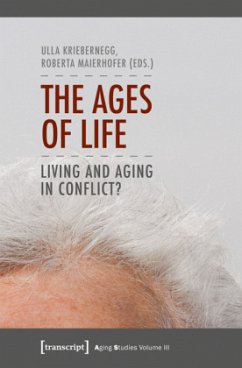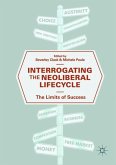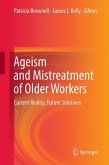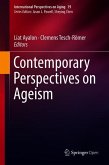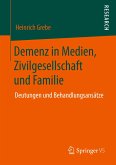The binary construction of »young« and »old«, which is based on a biogerontological model of aging as decline, can be redefined as the ambiguity of aging from a cultural studies perspective. This concept enables an analysis of the social functions of images of aging with the aim of providing a basis for interdisciplinary exchange on gerontological research.The articles in this publication conceive the relationship between living and aging as a productive antagonism which focuses on the interplay between continuity and change as a marker of life course identity: aging and growing older are processes which cannot be reduced to the chronology of years but which are shaped by the individual's interaction with the changing circumstances of life.
